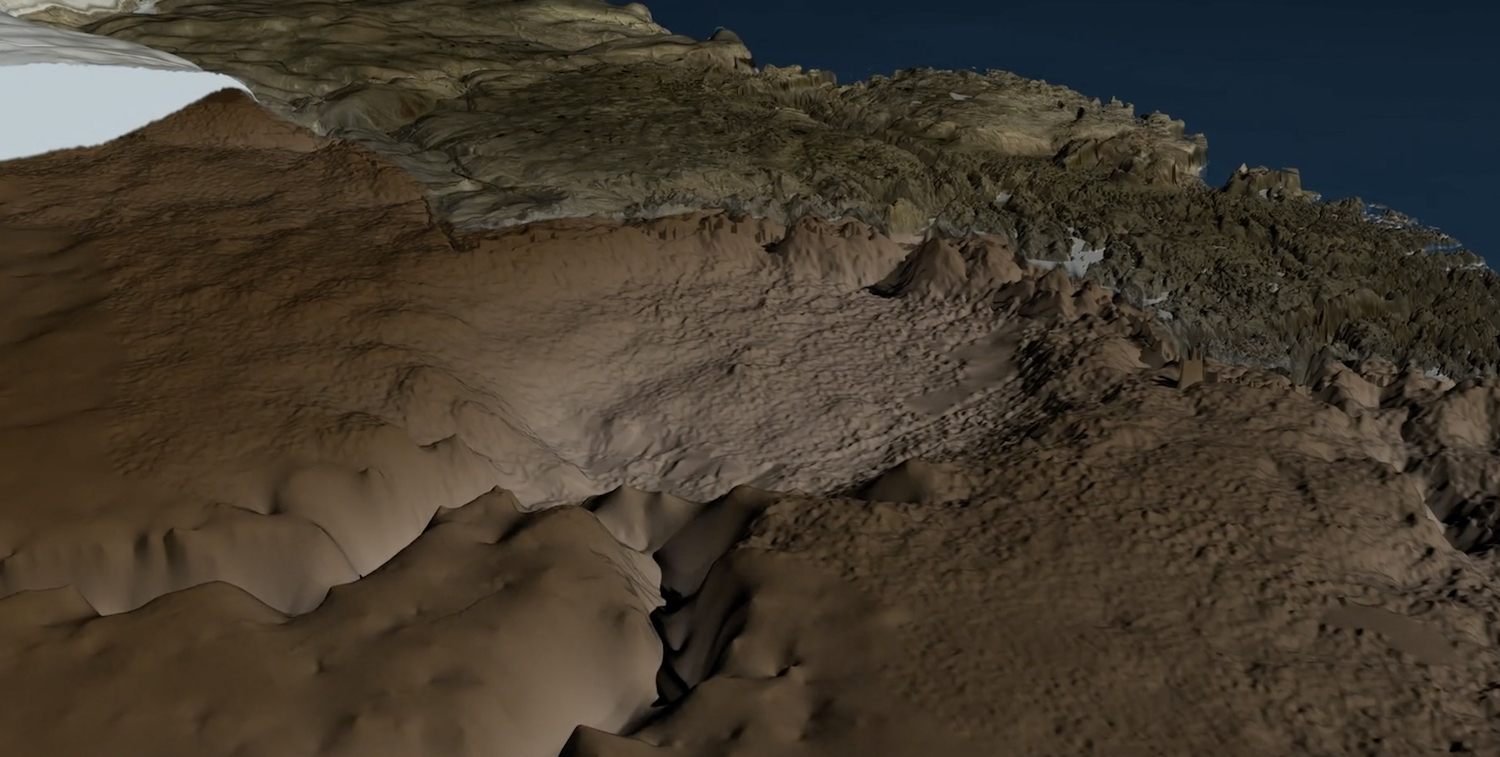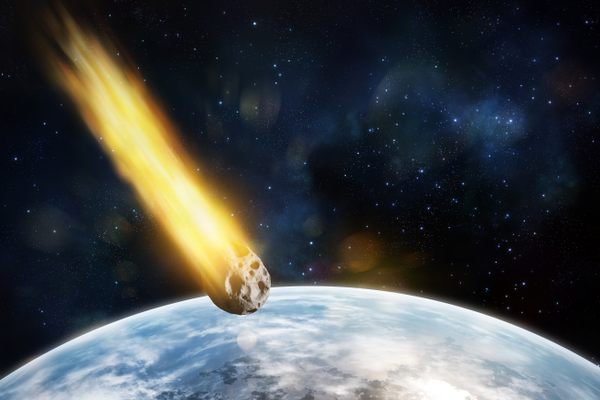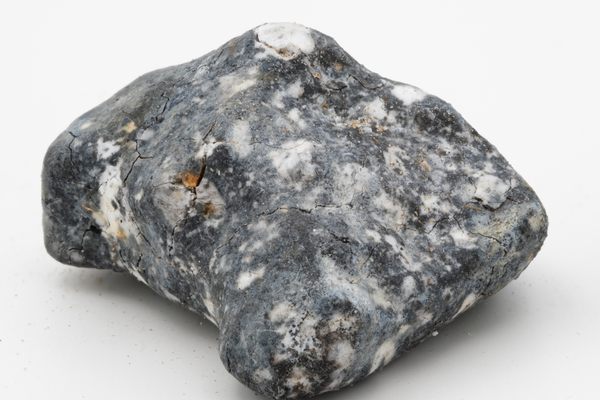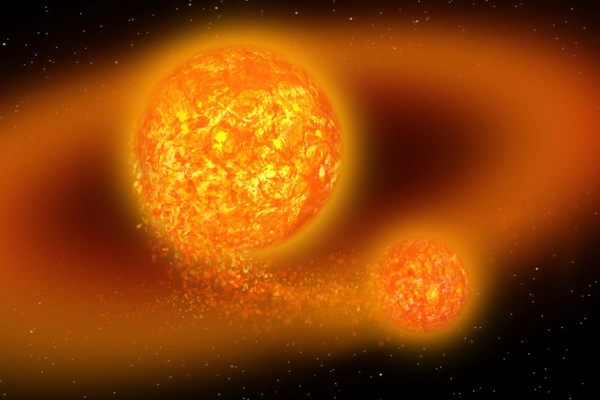A Massive Meteorite Crater Has Been Hiding Under Greenland’s Ice
It ranks in the top 25 largest impact craters ever discovered.

There are still secrets hidden on the vast terrain of Earth.
Three years ago, a team of scientists discovered an unusual shape in a topography map of the land beneath Greenland’s thick ice. Under the Hiawatha glacier, there was a circular depression. Kurt Kjær, a geologist at the Natural History Museum of Denmark, wondered if, perhaps, it had been made by a meteorite.
Now, after collecting detailed scans and physical clues, an international team of researchers has evidence, published in Science Advances, that this unseen crater was made by a giant rock from space, more than half a mile wide. The resulting indentation is almost 20 miles wide, making it one of the 25 largest impact craters on Earth.
The crater originally showed up on radar scans made as part of ongoing efforts to map the terrain beneath Greenland’s ice. But those scans weren’t detailed enough to resolve the telltale features of impact craters, including peaks formed in the center of the ring. Kjær and his colleagues worked with the NASA glaciologist Joseph MacGregor to organize a survey with a more powerful ice-penetrating radar system, launched from the U.S. military base at Thule.
The picture that those scans produced revealed the exact features the researchers were looking for—a circular rim, the central peaks, and layers of ice roiled by past disturbances, deep under more recent, pristine ice layers. The depression was also massive, about twice the size of Washington, D.C.

An impact of this size, though, would leave behind evidence besides a crater. But collecting material directly from the crater is a major challenge: It’s under half a mile of ice. The scientists located a channel of meltwater that carried with it debris from the depression. Analyzing those fragments, they found unusually high concentrations of nickel, cobalt, chromium, and gold, an indication that if a meteorite had created the crater, it was an iron meteorite. But the most exciting piece of evidence that flushed out of the channel were tiny grains of quartz that showed signs of an impact and included materials that could be made in the melting heat of the impact.
If a meteorite of this size hit the Earth, it would have had an enormous effect on the whole planet. In the immediate aftermath, shocks would have spread for hundreds of miles, and a huge fireball would have lit the sky. The debris could have reached North America. And the impact of the meteorite could have melted massive amounts of Greenland’s ice, changing the dynamics of the ocean and, consequently, chilling temperatures across the Northern Hemisphere.
This is one of the most intriguing parts of this discovery, because it tracks with a contested theory about a thousand-year period of cooling around the end of the last Ice Age. Some researchers have suggested that a massive impact, like this one, could have set off this cooling period, known as the Younger Dryas, which occurred about 12,800 years ago.
There are indications that this crater is young, in geologic time. Ice erodes the land beneath it relatively quickly, so the bumpy peaks beneath the ice suggest that this one hasn’t had time to wear down. But it’s not possible to date the crater with exactitude without more evidence. It could be as young as the Younger Dryas period… or it could be three million years old. The scientists are now searching for the resources to drill down deep into the crater and extract evidence directly from its depths, in the hope of better understanding this new mystery.





























Follow us on Twitter to get the latest on the world's hidden wonders.
Like us on Facebook to get the latest on the world's hidden wonders.
Follow us on Twitter Like us on Facebook